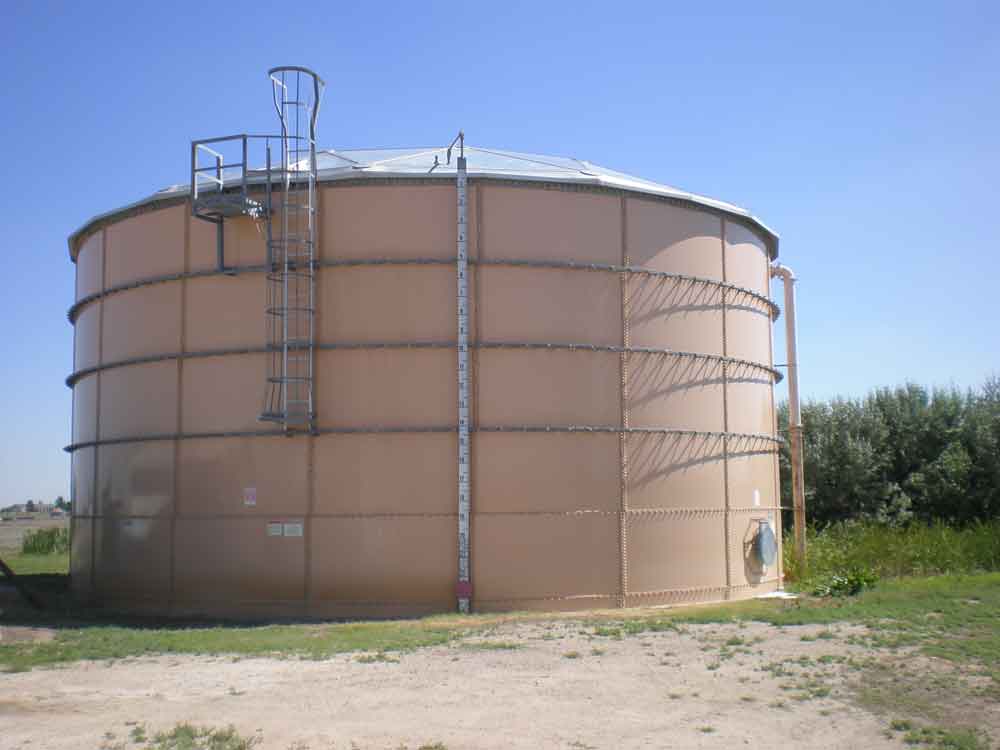Industrial water tanks are a vital component for businesses and facilities that require large-scale water storage for manufacturing, irrigation, fire safety, or potable water systems. Proper installation ensures the tank functions efficiently, maintains water quality, and meets safety regulations. Whether you are setting up a new facility or replacing an old tank, following a systematic installation process is essential. Here’s a step-by-step guide for installing industrial water tanks.
Assess Your Water Storage Needs
Before installation, determine the capacity and type of water tank required for your industrial operations. Consider water usage patterns, peak demand, and storage duration. Industrial tanks come in various materials, including steel, polyethylene, and fiberglass, each offering different benefits like durability, corrosion resistance, and cost-effectiveness. Understanding your facility’s needs ensures you select a tank that optimizes water storage and efficiency.
Select the Ideal Location
Choosing the right site for your industrial tank is critical. The location should be level, stable, and accessible for maintenance and inspections. Avoid areas prone to flooding or heavy traffic. Ensure proximity to water supply lines, drainage systems, and electrical connections if pumps or monitoring systems are involved. Adequate clearance around the tank allows for safe access during maintenance or emergency situations.
Prepare the Foundation
A solid foundation is essential to support the weight of a full industrial water tank, which can be several tonnes. Typically, foundations are made of concrete slabs, compacted gravel, or engineered bases. The foundation must be level and capable of evenly distributing the tank’s load. Proper foundation preparation prevents tank deformation, leaks, and long-term structural issues.
Assemble and Position the Tank
Depending on the tank type, assembly may involve bolting panels together, welding, or simply placing a pre-fabricated tank onto the prepared base. Follow the manufacturer’s instructions carefully to ensure proper alignment and secure connections. Once assembled, use cranes or forklifts if necessary to position the tank accurately. Ensuring the tank is level at this stage prevents operational problems later.
Connect Plumbing and Accessories
After positioning, connect the tank to your facility’s water supply system. This includes inlet and outlet pipes, overflow systems, and valves. Install any additional accessories like pumps, filters, or monitoring equipment. Properly sealed connections prevent leaks and maintain water quality. Industrial tanks often require specialized fittings, so consulting a professional plumber or tank installer is recommended.
Inspect and Test
Before putting the tank into full operation, conduct thorough inspections and testing. Check for leaks, ensure all fittings are secure, and verify water flow rates. For potable water tanks, water quality testing may be necessary to comply with safety regulations. Testing ensures the tank functions correctly and reduces the risk of costly issues later.
Schedule Ongoing Maintenance
Once installed, regular maintenance is crucial for long-term performance. This includes cleaning, inspecting for corrosion or damage, and checking valves and fittings. Industrial water tanks are a significant investment, and routine care prolongs their lifespan while maintaining reliable water storage for your operations.
Installing an industrial water tank involves careful planning, precise assembly, and proper connections to ensure efficiency and safety. By following this step-by-step guide, businesses can enjoy reliable water storage, maintain operational continuity, and protect their investment. Professional guidance and maintenance further enhance the performance and longevity of your industrial water tank.
Round tank in Sydney provide durable, efficient water storage for homes and businesses. Their robust design ensures even water distribution, easy maintenance, and long-lasting performance for all your water needs.
